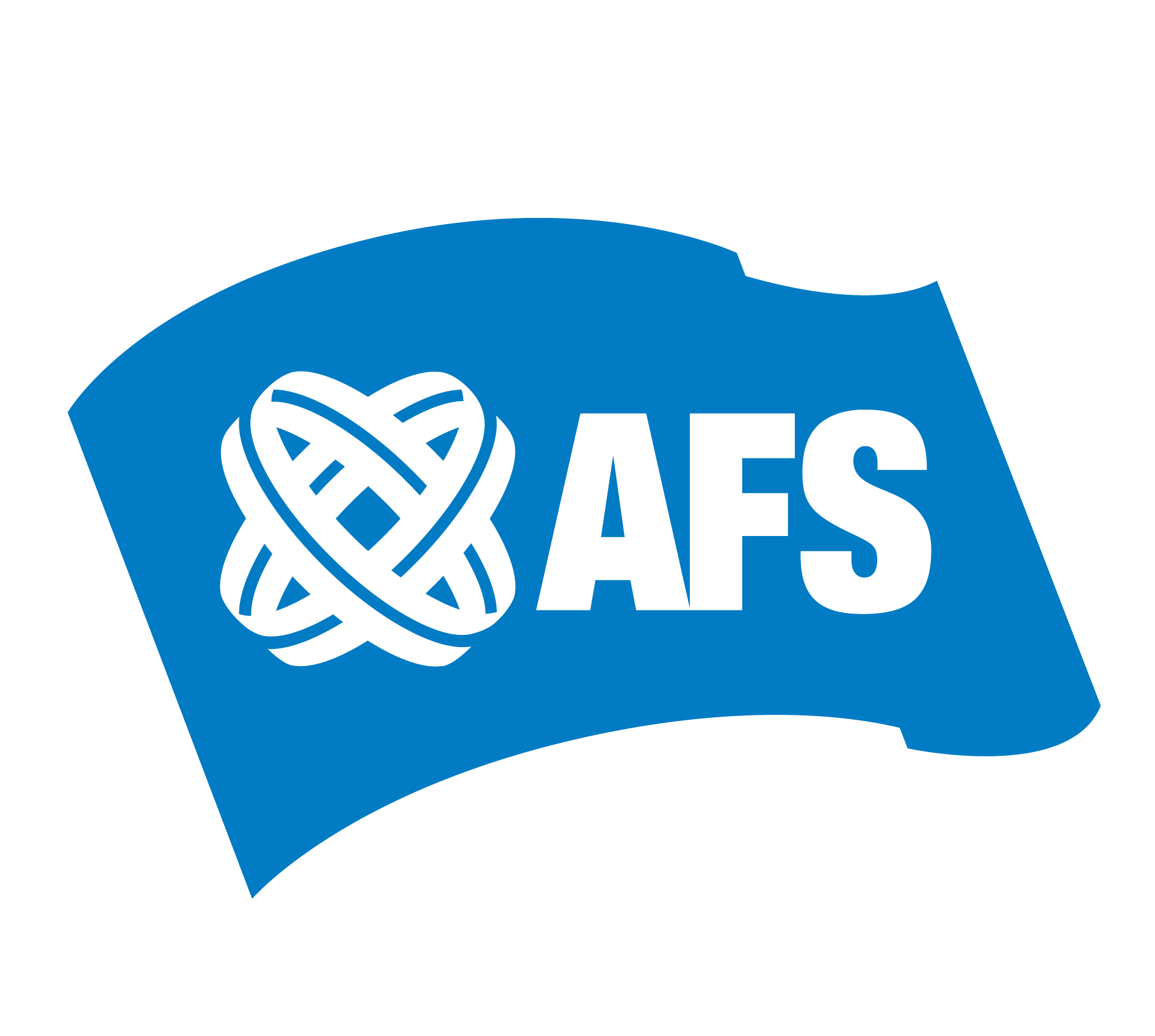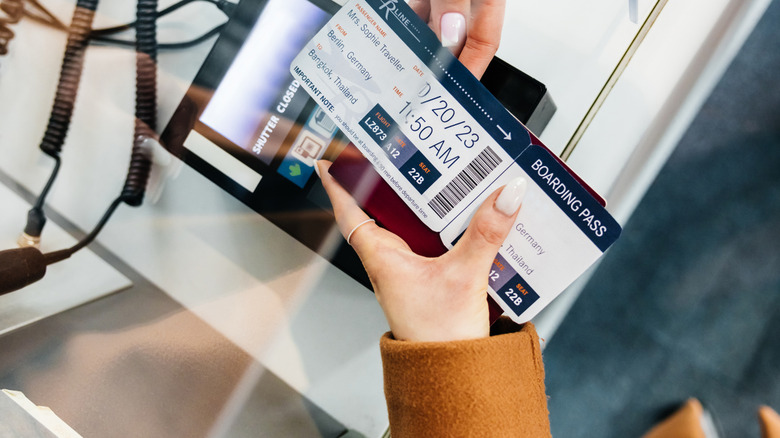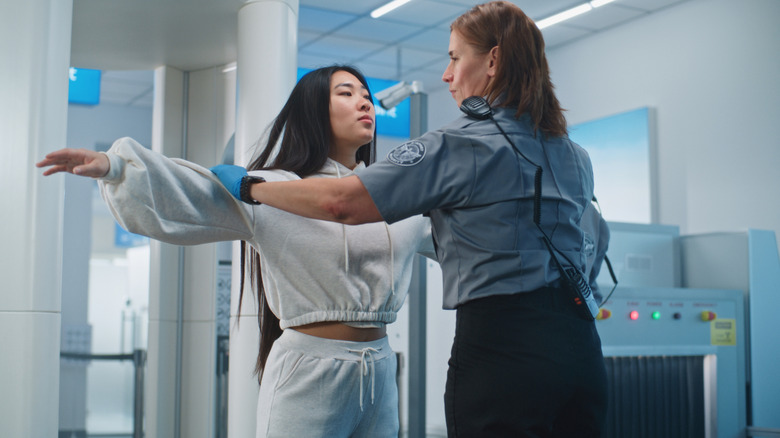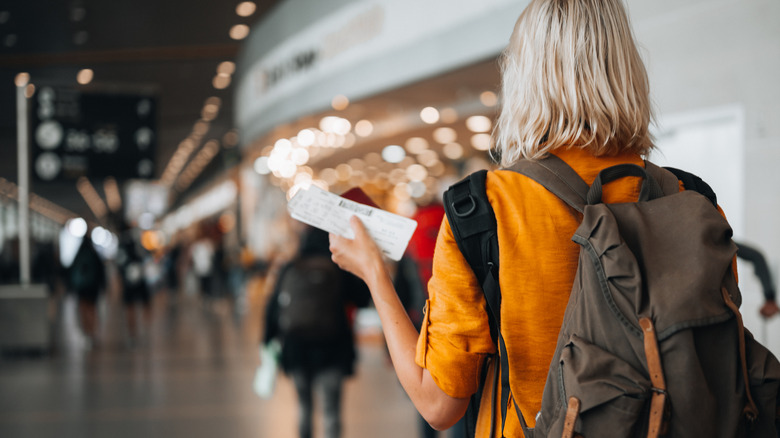Getting flagged at TSA can put a real damper on your trip right from the start. Even if you’ve tried every hack to zip through security, sometimes it just isn’t enough. Some travelers receive a code on their boarding pass that reads “SSSS,” which stands for “Secondary Security Screening Selection.” It means exactly as it says, and when passengers see the dreaded quad-S, that means they are in for a more thorough security screening. This process is part of increased safety measures that were implemented after 9/11, and according to the United States Senate Committee, those selected are mostly chosen at random. Then again, it could also mean that you’re on a watchlist, or that your name closely matches someone on the no-fly list.
You might know if you have the quad-S ahead of time, as they will make you print your boarding pass at check-in rather than use a mobile pass. Attempting to check in online or via an app may trigger an error message. The extra screening can include detailed luggage inspections and personal pat-downs, which can add extra time and stress before your flight. Understanding what the “SSSS” code means can help you mentally prepare for the process and avoid surprises on travel day.
What happens when you receive SSSS on your boarding pass
If you see the daunting code on your boarding pass, there is no reason to fret; it’s important to cooperate with TSA agents. Once you reach the checkpoint, agents will likely direct you to a separate line for secondary screening. Your carry-on bags and personal items will undergo an intensive inspection. TSA officers may manually search your luggage, open sealed containers, and examine any suspicious items more closely. Your belongings might also be swabbed for explosive residue.
In addition to luggage checks, passengers with the “SSSS” code will typically undergo a thorough pat-down. This pat-down is more comprehensive than the standard one and may include inspecting your clothing, pockets, and shoes. You might also be asked to remove electronic devices or undergo additional screening with handheld devices. While the process can feel intrusive and time-consuming, it’s part of TSA’s enhanced efforts to keep air travel safe. Understanding what to expect can help you stay calm and prepared, ensuring the process goes as smoothly as possible.




